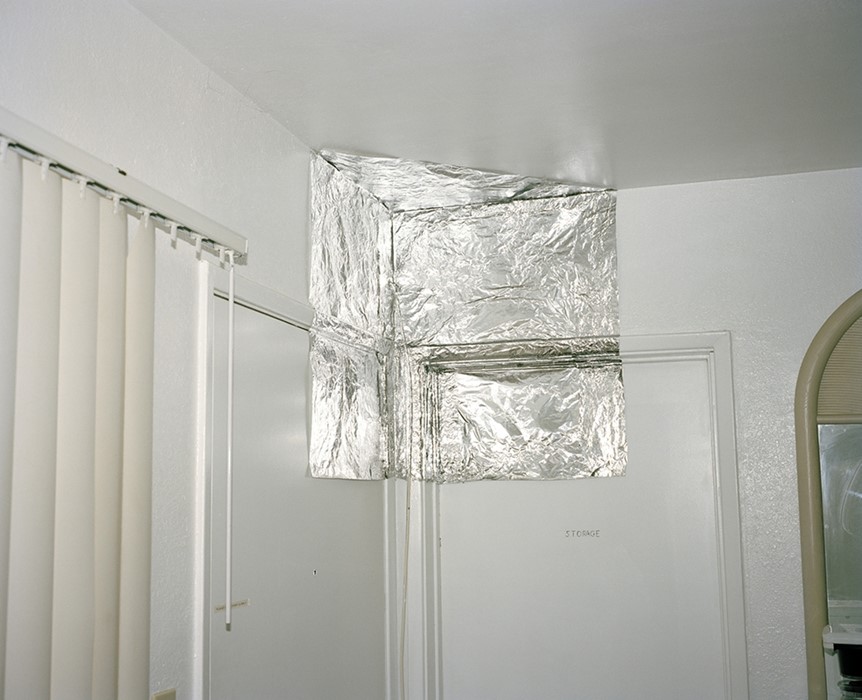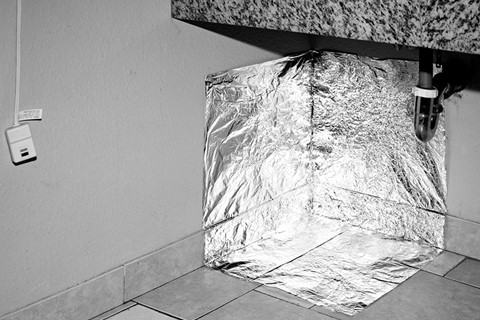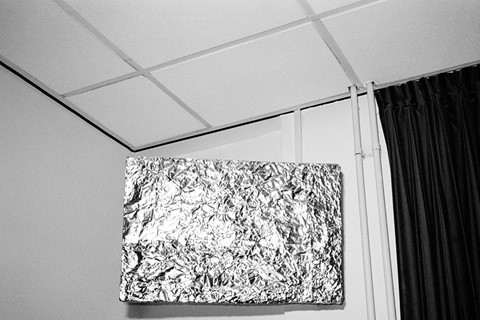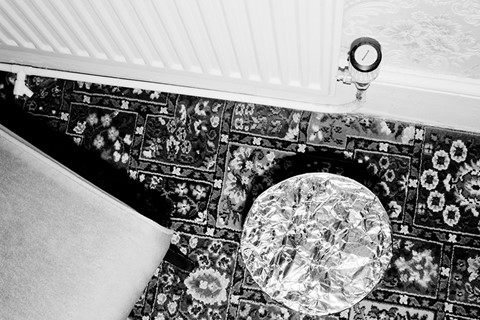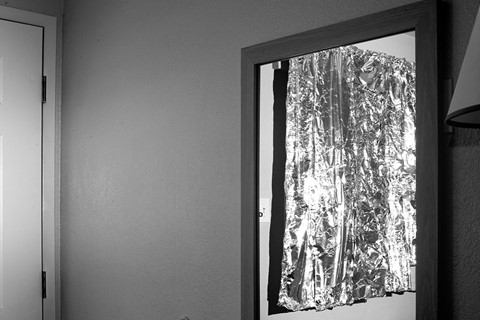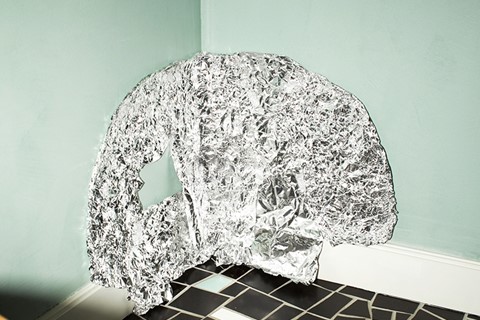We talk to Leon Chew, the photographer leaving a trail of hotel room installations in his wake
Photographer Leon Chew describes his aesthetic as "post-architectural". Taking as his starting point "the architectural geometries that surround us in our everyday life," he then uses "lighting and sculptural gesture to add an abstract narrative to what is already there." His chosen spaces vary, be it the interior of a car, a workspace, a home, or, in the case of his latest project, a hotel room. Entitled Sculpture for Hotels, the ongoing series sees Chew pursue the sculptural element of his work, creating a pop-up sculpture (from tape and tin foil) in every hotel room he visits and capturing the result on camera to delightfully pleasing effect. Here we catch up with Chew to find out more about his key references for the project, the best hotel he's ever stayed in and his favourite city, alongside a gallery of images.
How did you first come up with the idea for Sculpture for Hotels?
I made a series of photographs of television reflections in hotel room windows years ago and this project follows on from that work. The first image was made in a Japanese business hotel in Los Angeles. I decided to build the structure up in the corner where the junctions of the architecture meet, window-wall-ceiling-curtain. I soon realised that working with these easy to find materials – tape and tinfoil – I could make these works wherever I happen to be in the world.
Did you have any key reference points for the series?
I'd always liked Martin Kippenberger's use of hotel stationary in what are collectively known as his Hotel Drawings (1987-97), and after seeing these in a Tate retrospective in 2007, I definitely wanted to make work about staying in hotels.
Have you had any funny feedback from hotel staff?
I usually make the sculpture on my last evening or even in the morning before leaving the hotel, and I always leave a tip for housekeeping, I've yet to receive any complaints.
"After seeing Martin Kippenberger's Hotel Drawings, I wanted to make work about staying in hotels"
Tell us a bit about your decision to use both black-and-white and coloured photography in the series?
I generally shoot both black and white and colour film, the decision on which frame to select comes later. I don't think the images read particularly differently whether shown as colour or black and white, but I do prefer to have some variation in the series. The most important thing is to choose the frame that best describes the location and sculpture.
What’s the best hotel you’ve ever stayed in and why?
Depends what you mean by best? The Harmony Motel in 29 Palms is pretty great, your bedroom door opens onto a view of sunrise over the Mohave Desert. Or for something completely different I would say Rak Ko Jae, a traditional Korean motel in the Bukchon Hanok Village in Seoul, South Korea. Staying in the house is really a world away from 21st century life.
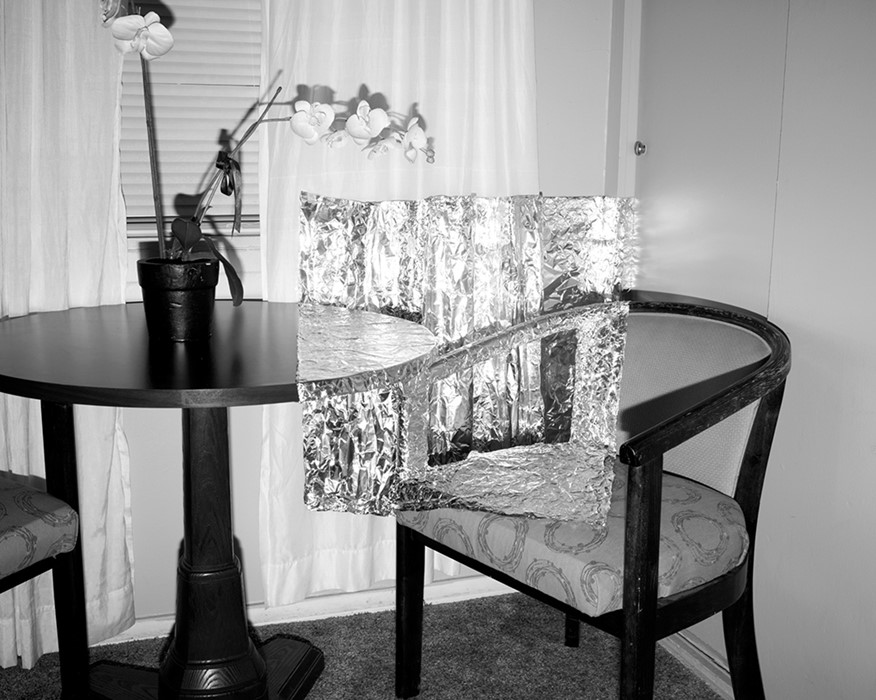
What do you hope viewers will take away from your work?
I would hope that people find these pictures and the process behind them interesting enough to take a second look.
What’s your favourite city to be a tourist in?
Tokyo – I first visited Tokyo in 98 and I've been lucky enough to visit many times since, somehow it's still as excitingly fascinating as the first time I was there. I can easily spend days walking the city streets taking in the visuals.
Who or what most inspires you?
Walking, when I'm walking I'm not distracted and things happen. And my daughter, a six-year-old sees the world as pure information that needs to be decoded, I try to see the world through her eyes.
Text by Daisy Woodward
